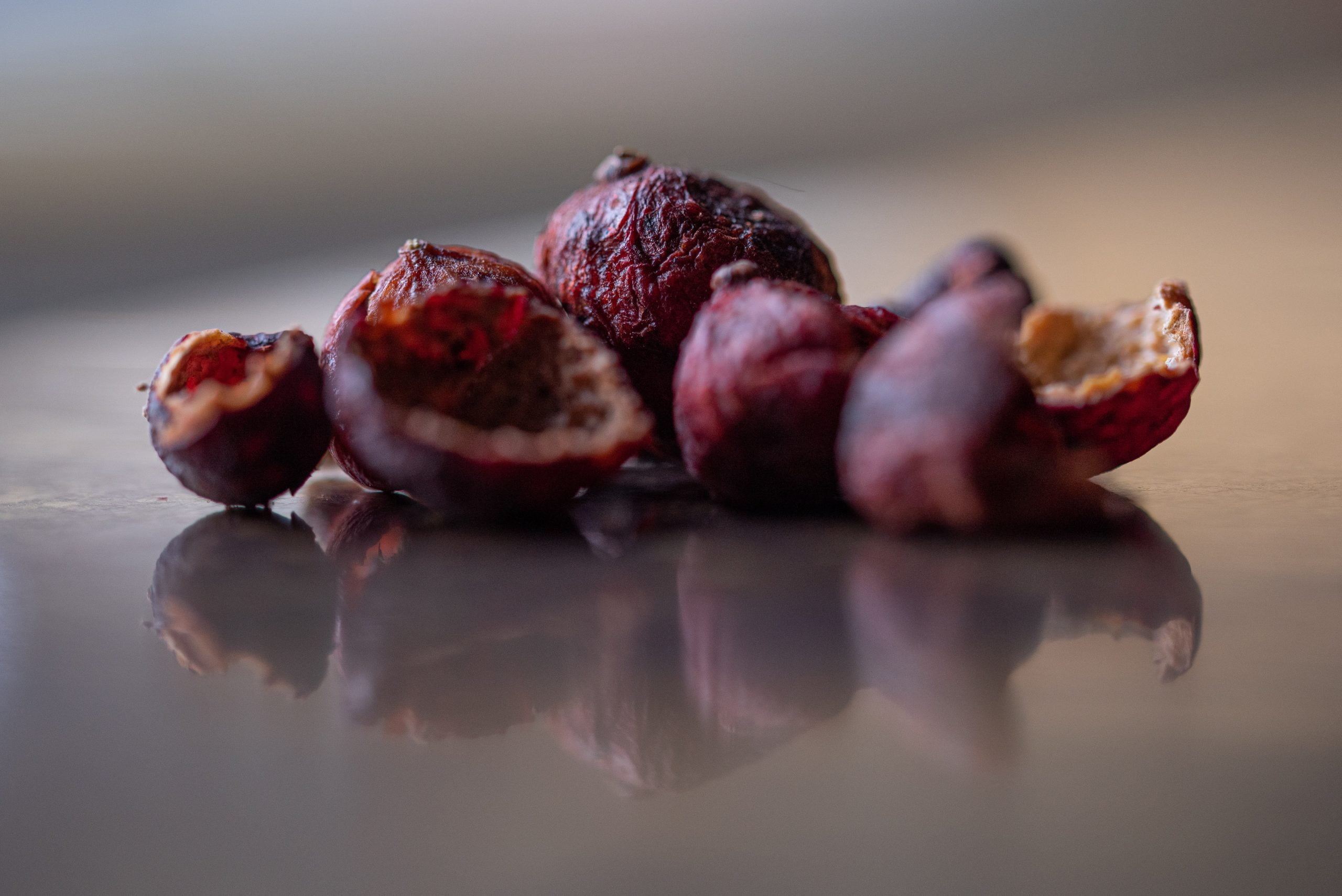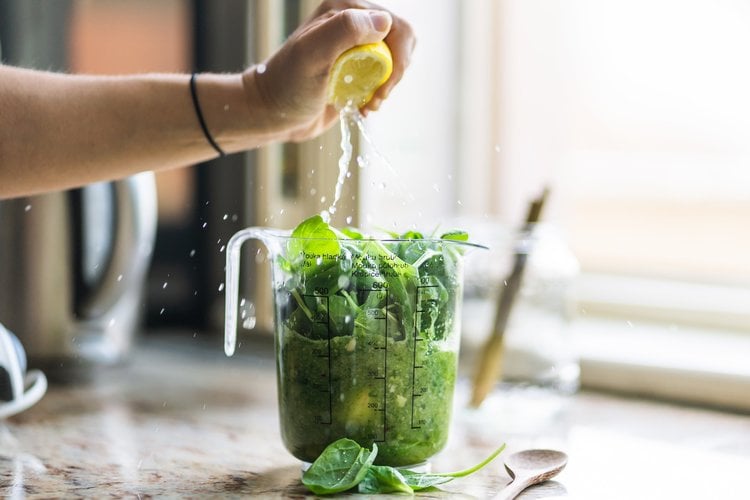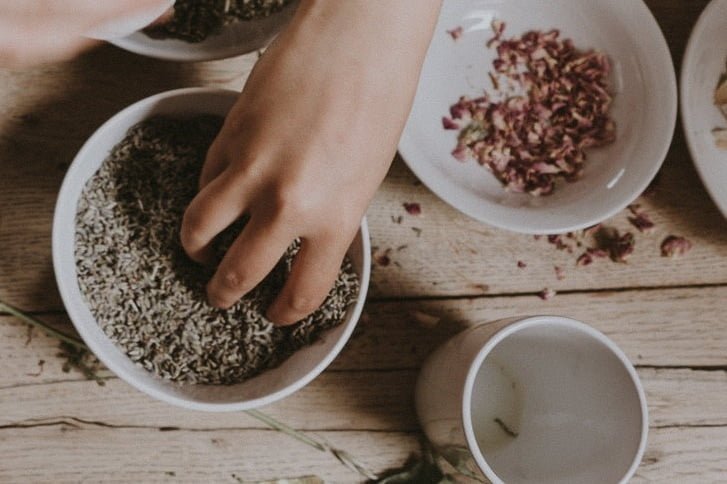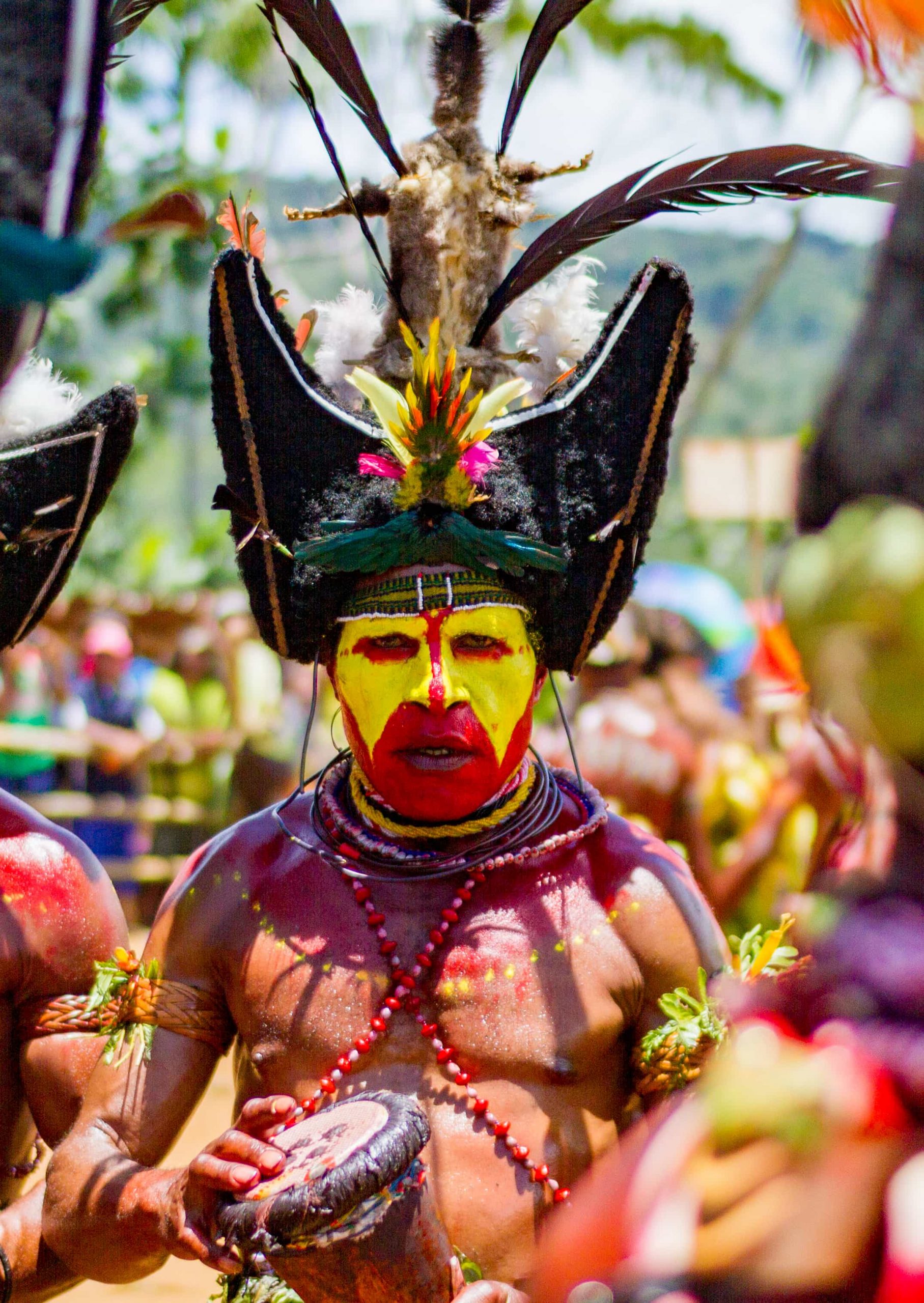Aboriginal food, also know as Bush food or Bush Tucker includes the herbs, fruits, bulbs, and meat consumed by the indigenous people of the Australian continent. Before agricultural developments brought about by European settlement, the Aborigines were hunters and gatherers. Primarily nomadic, they moved across the land and gained a deep understanding of it’s food sources and medicinal herbs. Let us see how we can use some of these traditional ingredients to make our food more wholesome.
LEMON MYRTLE
QUEEN OF DESERT HERBS

This is edible and a highly prized food for Aboriginal people. Lemon Myrtles have a high nutritional value, although the taste of the fruit is highly variable.
TASTE:
It has a fresh aroma of citrus, with a lingering menthol essence and a strong lemon flavour, which is sweet and refreshing.
HEALTH BENEFITS:
- Lemon Myrtle contains powerful antimicrobial and antifungal properties, which are even superior to those found in the renowned tea tree oil.
- An extraordinary source of calcium, particularly for Vegans.
- A good source of lutein, important vitamin for healthy eyes, improving symptoms in atrophic age-related Lutein protects the retina from damage by inhibiting inflammation.
- A great source of antioxidants that provide comprehensive protection from oxidative stress like fatigue, memory loss and/or brain fog, muscle and/or joint pain, wrinkles and grey hair, decreased eye sight, headaches and sensitivity to noise, susceptibility to infections.
- An excellent source of folate, Vitamin A, Vitamin E and essential minerals including zinc and magnesium. These nutrients are required for the synthesis and self-repair of DNA.
COOKING:
This aboriginal food can be used in both sweet and savoury dishes. The leaves can be substituted for bay leaves, in marinades, soups, stews, casseroles and roasts. The flavour is intense, but used sparingly, will complement meaty dishes very well.
COOKING WITH LEMON MYRTLE
QUANDONG
WILD PEACH

During tougher times, when hunting wasn’t lucrative, the Quandong was considered a substitute for meat. The leaves and bark of its tree were used for ceremonial and medicinal purposes.
TASTE:
A light sour and a salty aftertaste, much like rubarb you need sugar to bring some sweetness to this fruit.
HEALTH BENEFITS:
- Contains and abundance of Vitamin E, folate, magnesium, iron, zinc and calcium. It has twice the Vitamin C as an orange.
- Boosts the immunity against a number of diseases including cancer, cardiovascular disease and Alzheimer’s disease with it’s high phenolic anti-oxidant content. The kernel is particularly good for anit-bacterial uses thanks to the variety of complex oils in it.
- Also high in Rutin, an antioxidant which works with Vitamin C to strengthen capillaries, reduce dark circles, and protect the skin from degenerative signs of ageing.
COOKING:
Quandong is eaten fresh, although it can also be dried and stored for future use. Owing to it’s sweetness, can be incorporated into desserts to add an exceptionally refreshing fruity flavour.
COOKING WITH QUANDONG
RIBERRY
LILLY PILLY

The Riberry was discovered by the Europeans in 1770 when they arrived in Australia with Captain James Cook. Botanist Joseph Banks simply recorded the Riberry as ‘a small red fruit’.
TASTE:
Riberres are loaded with flavor. They taste spicy like clove and cinnamon combined, but with a sweet and musky aroma.
HEALTH BENEFITS:
- Folate is needed for healthy growth and development and is essential for the healthy development of a fetus during pregnancy. This bushfood contains three times more folate than blueberries.
- Rich in manganese and an important plant source of calcium.
COOKING:
It can be infused into alcohol to make some excellent cocktails. It is commonly used in gin based cocktails but vodka jelly and champagne make for excellent companions as well.
As it comes from the fame botanical family as cloves, this aboriginal food blends beautifully in sauces, chutneys and jams and complements poultry, lamb, pork and other aboriginal meats such as kangaroo. It is a good companion of cheese and can also be incorporated into desserts, such as ice cream, yoghurt and cakes.
COOKING WITH RIBERRIES
POANG-GURK
RIVER MINT

Native River Mint (aka. Wild Mint) has long been used in Aboriginal culture as a flavoursome bushfood, insect repellant and medicinal herb.
TASTE:
As the name suggests, this herb has a minty taste similar to that of peppermint and spearmint who are close relatives of this species.
HEALTH BENEFITS:
Owing to it’s cooling flavor, River Mint can be used to relieve the discomfort experienced during a cold or sore throat. Medicinally, it can be consumed by adding a few leaves to hot or iced tea. Rubbing the leaves and inhaling the aroma can temporarily provide relief from headaches.
COOKING:
Just like any other mint leaf, this aboriginal food can be liberally used, fresh or dried, in sauces, salads, dressing, dips, roasts, desserts, teas, cocktails and water infusions.
COOKING WITH RIVER MINT
STRAWBERRY GUM
OLIDA

Strawberry Gum is also known as olida and forestberry herb. It is commonly used in a dessicated and ground form.
TASTE:
Containing traces of flavor similar to balsamic vinegar, this is a sweet and sour berry with fruity undertones- kind of like bubblegum, but much healthier.
HEALTH BENEFITS:
- With it’s antioxidant, anti-fungal and antibiotic properties, this “natural chewing gum” is a superb amalgamation of health and taste.
- If you are a consumer of packaged probiotics or are considering their use, Strawberry Gum is worth a try as it has been shown to help balance micro flora of the gut.
COOKING:
Due to it’s sweet flavor, this food is most suitable for desserts like crème brulée, Pavlova, macrons, panacotta, and ice cream. It can also be an exotic addition to fruit bowls. If you enjoy the flavor of fruit in your tea, Strawberry gum can be a lovely addition to this hot beverage.
COOKING WITH RIVER MINT
Aboriginal meats such as kangaroo, eel, emu and crocodile are commonly known & consumed by food enthusiasts around the globe. But the herbs and fruits gathered by the natives are lesser known. With our palettes getting pickier, their value as essential cooking ingredients is being reduced to obsolescence.
At VIVE, we approach cooking with the eyes of a child, always ready to discover and learn new things. We took great pleasure to write this blog, because we learned about an incredible culture, and the gifts and hidden gems that Australia has to offer us. We hope that this article has sparked some culinary inspiration and that you incorporate this new knowledge into your cooking. Cooking with Aboriginal Food is not only bound to improve our overall health and well-being, but is also a wonderful way of honoring the wisdom of the Aboriginal people by keeping their traditional food alive and thriving.


